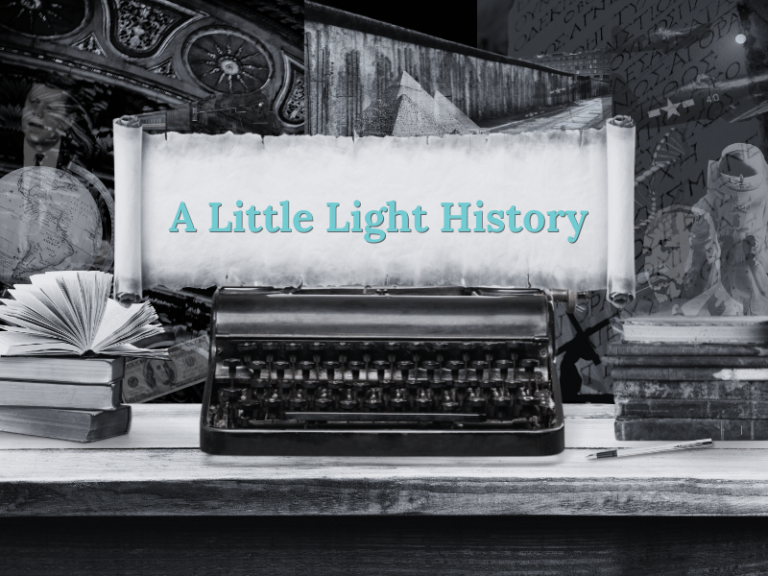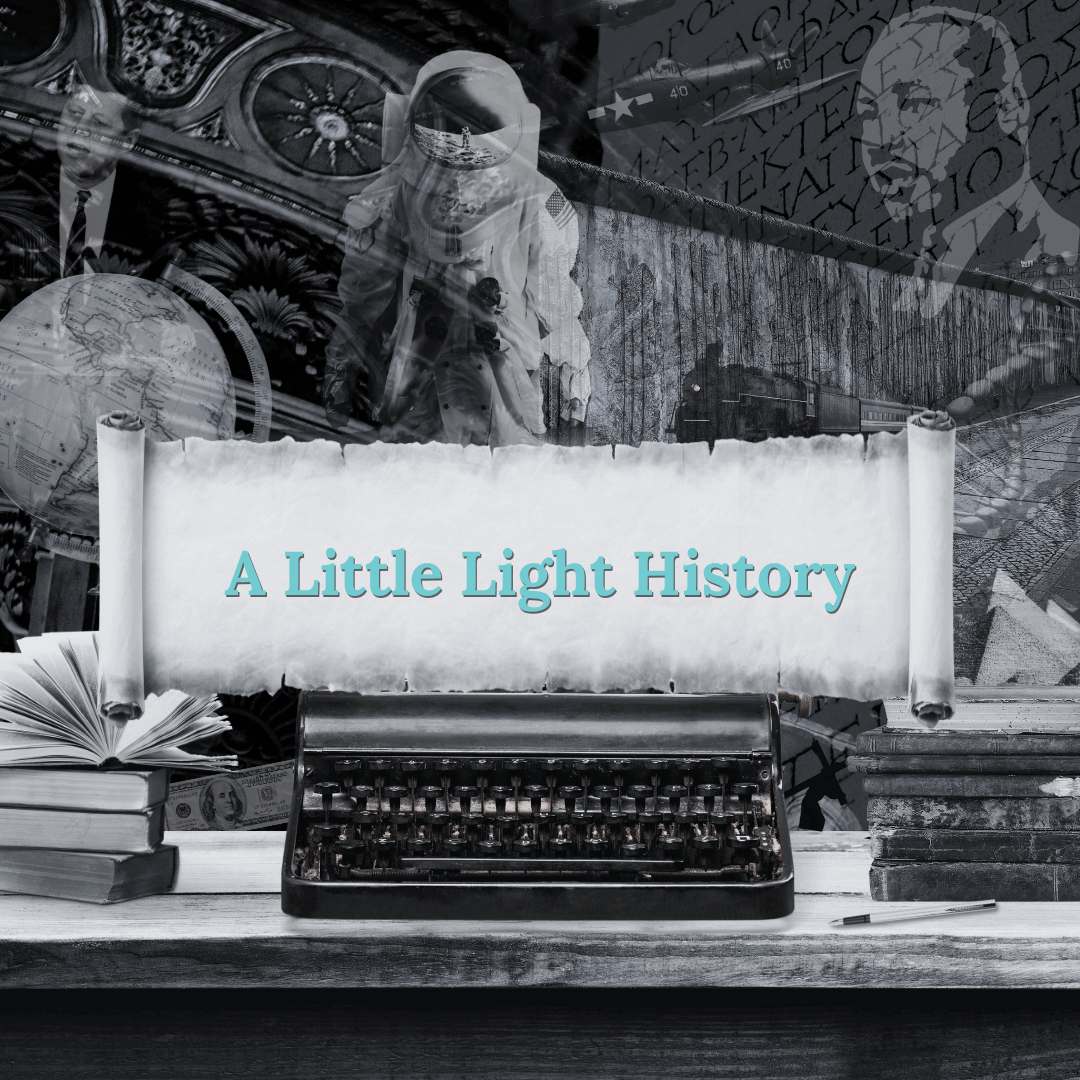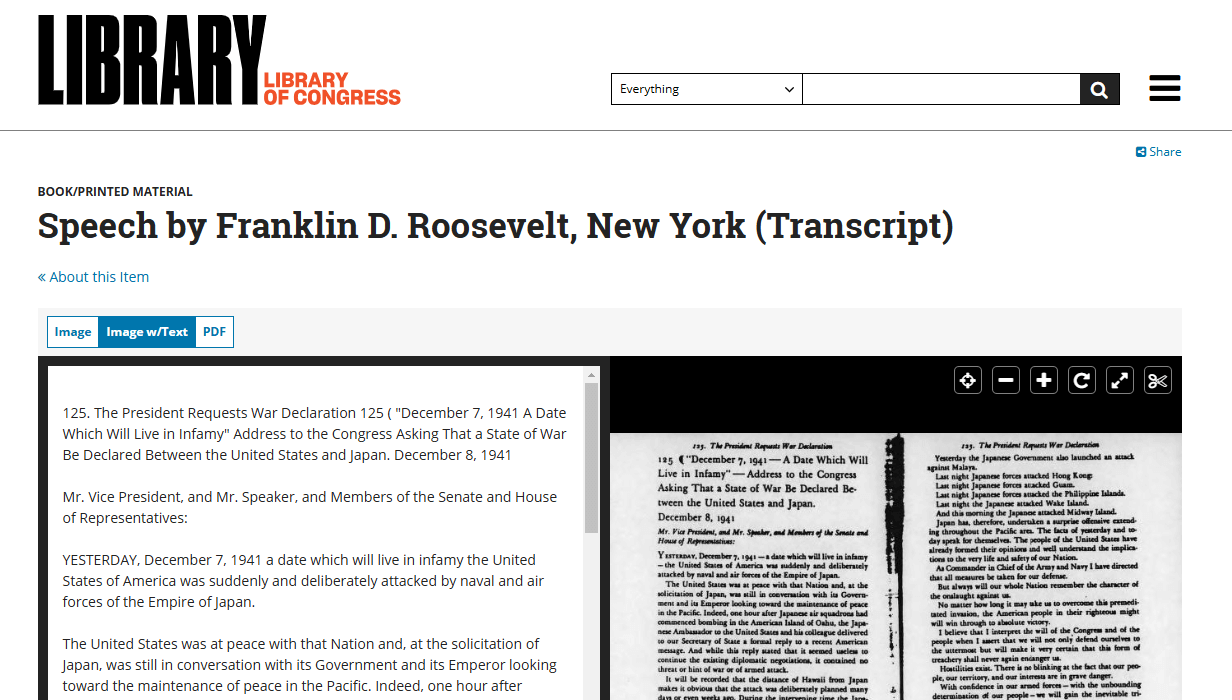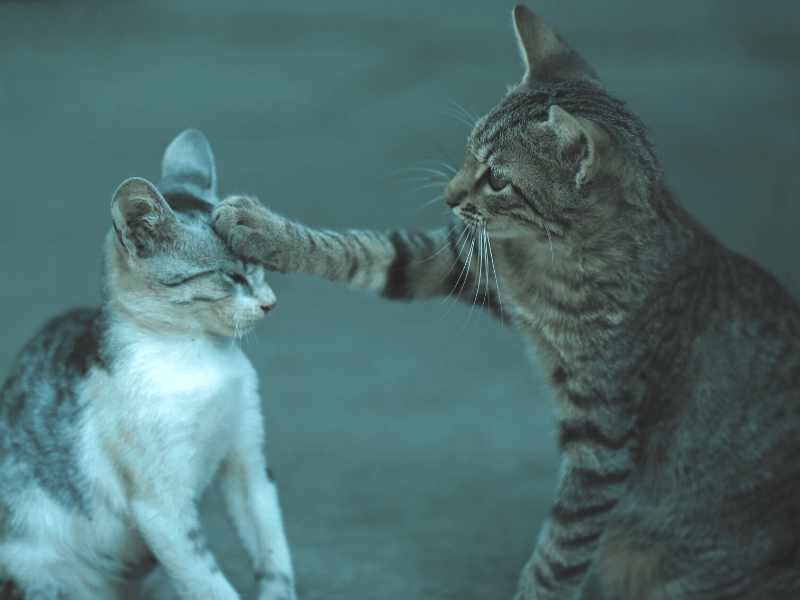Pearl Harbor. The words blend memory with mourning as they pass from our lips. A day of eternal damage not only to the ships and stations of Oahu, Hawaii, but also to the hearts of thousands of loved ones of the lost.
The events of December 7, 1941, left Americans little choice about potential involvement in WWII, as Japan decided to bring the conflict to the most eastern doorstep of the United States in an unprecedented act of terror. The worldwide conflict simmered and seethed, inching closer and closer to a retaliatory response, until the day the conflict boiled over, right into the depths of the sea.
The day that would “live in infamy” started with Washington’s missed clues to catastrophe, leaving unsuspecting Sunday-morning sleepers only hours away from the deafening sound of bombs invading their dreams. If the United States would not come to WWII, it would come to them.
The two-year trail of destruction had solidified powers and pacts between Germany, Italy, and Japan. The conquests of a power-hungry Hitler were intensifying, only leaving enough freedom for those watching to pick a side. Japan took note of the makings of the empire and decided to construct an empire of their own, building their navy up with their eye on the Pacific Rim. But as the United States began implementing economic sanctions, they discovered they didn’t like that the United States had their eye on them.
Before the war, Roosevelt had offered ambiguous warnings about dangers to the “very foundations of civilization” in an attempt to awaken Americans to the potential of foreign threats. But our nation couldn’t see past the economic destruction of the Great Depression. With nothing on their plates, Americans had no interest in a repeat performance of WWI, and isolationism was the only flag they were interested in flying. But the day Japan decided to tread where they were not invited changed their minds quickly.
As the United States continued to claim neutrality in the war, Japan’s plans of expansion became tethered to the hopes of preventing America’s military machine from meddling in its affairs. Battle plans to protect their expansion efforts drew lines that led Axis powers straight to Pearl.
At 7:55 a.m., the first bomb of Japan’s four-day flight fell from under the fuselage of the Nakajima B5N2 torpedo bomber—also known as the “Kate”—knocking thousands off their feet in shock. For over an hour, two waves of Japanese aircraft pelted Pearl Harbor with bomb after bomb, sinking seven ships and leaving over half of the American aircraft on the ground in flames before flight. The brutal attack left over 2,400 dead, including sixty-eight civilians.
The reluctancy of the United States drowned in the battle cry of retribution, as the pearl waters of the Pacific screamed in the agony of an unwarranted attack. Entry into the waves of WWII was no longer optional, leaving no hope of escape, mirroring the tragedy of the almost 1,200 sailors who now lay on the harbor floor with the ghosts of empty and broken shells.
As news of the attack spread through the crackle of the radio and the cries of the morning hawkers throwing the papers upon their steps, previously uninterested Americans rallied in support of a war they hated, standing at the ready to protect and defend against enemies foreign. A little over 24 hours after the attack, Roosevelt called for a declaration of war at a joint session of Congress. They overwhelmingly agreed, with only a single vote in dissent. Men prepared for war by both draft and disgust at Japan’s actions.
The road of retaliation would carry the United States through years of conflict to the surrender of Germany in July 1945. Japan, however, refused to address the question of ending the battle, and the America answered for them on August 6, 1945, when the United States dropped the first atomic bomb on Hiroshima.
The devastation of Pearl Harbor and the cruelties of war still weigh heavily on the hearts of Americans today. Even though there are now no living survivors who witnessed the anguish of that day, the vivid pictures and stories of horrific scenes will remain etched in the remembrance of history forever. But what I pray we pause to remember is the resilience of the human spirit and the heroes of that tragic day.
Heroes like Doris “Dorie” Miller, who stepped outside of his post to defend his captain and his ship until the end, resulting in the award of the Navy Cross. He was the first African American to receive that honor. Or Brigadier General Kenneth Taylor and Major George Welch, who took to the skies despite heavy fire on the airfield to offer a devastating blow to the Japanese fighters in defense of Wheeler Field. Or First Lieutenant Annie Fox, head nurse at Hickam Field, who was the first woman ever awarded the Purple Heart for her immediate coordinated response that saved countless lives.
There are hundreds of stories like these. Legends passed down through legacy that represent the less traveled road valiant men and women chose to take in a moment of crisis. This is the lesson we should take away from the memories of such tragedy. A lesson in taking action in the darkest moments, despite the pain you are holding. Their bravery and determination defined character and courage and gave us a story to hear, learn from, and emulate. As we mourn the losses of that day, let us learn to be better people from those who went before us to light the way.











